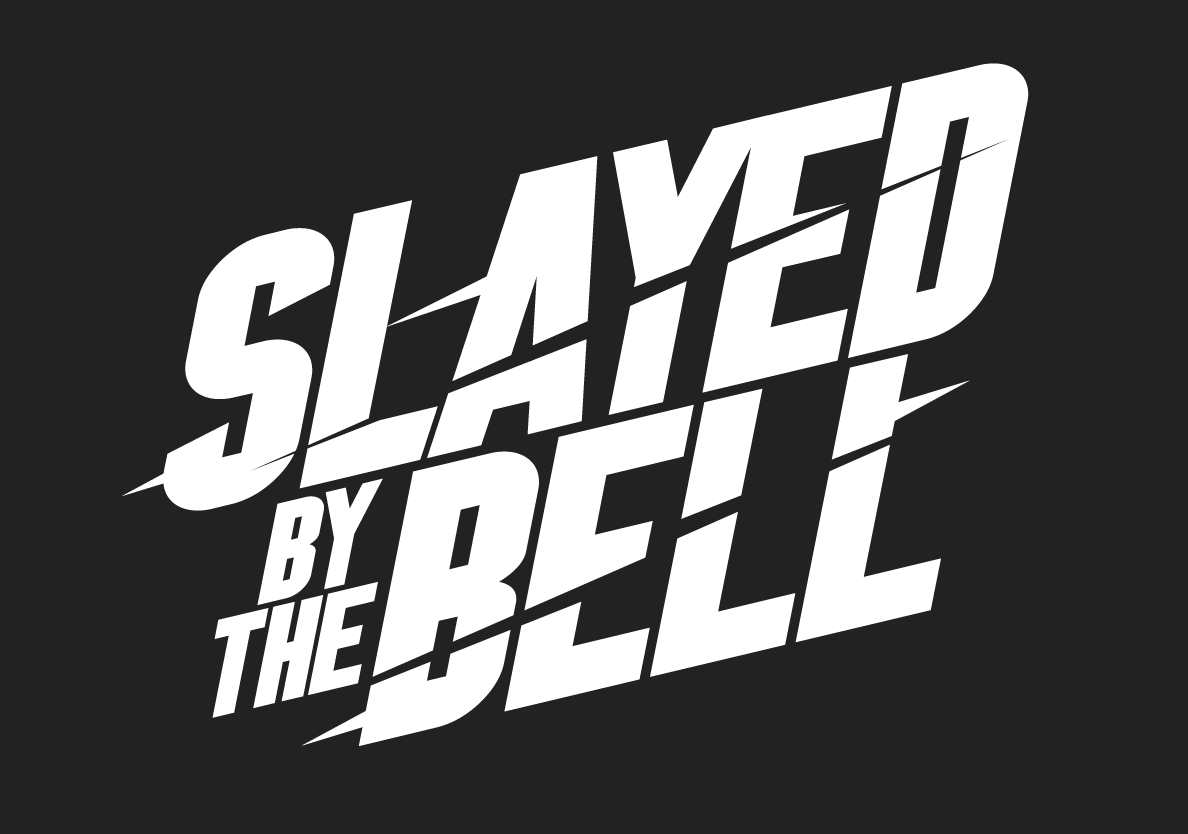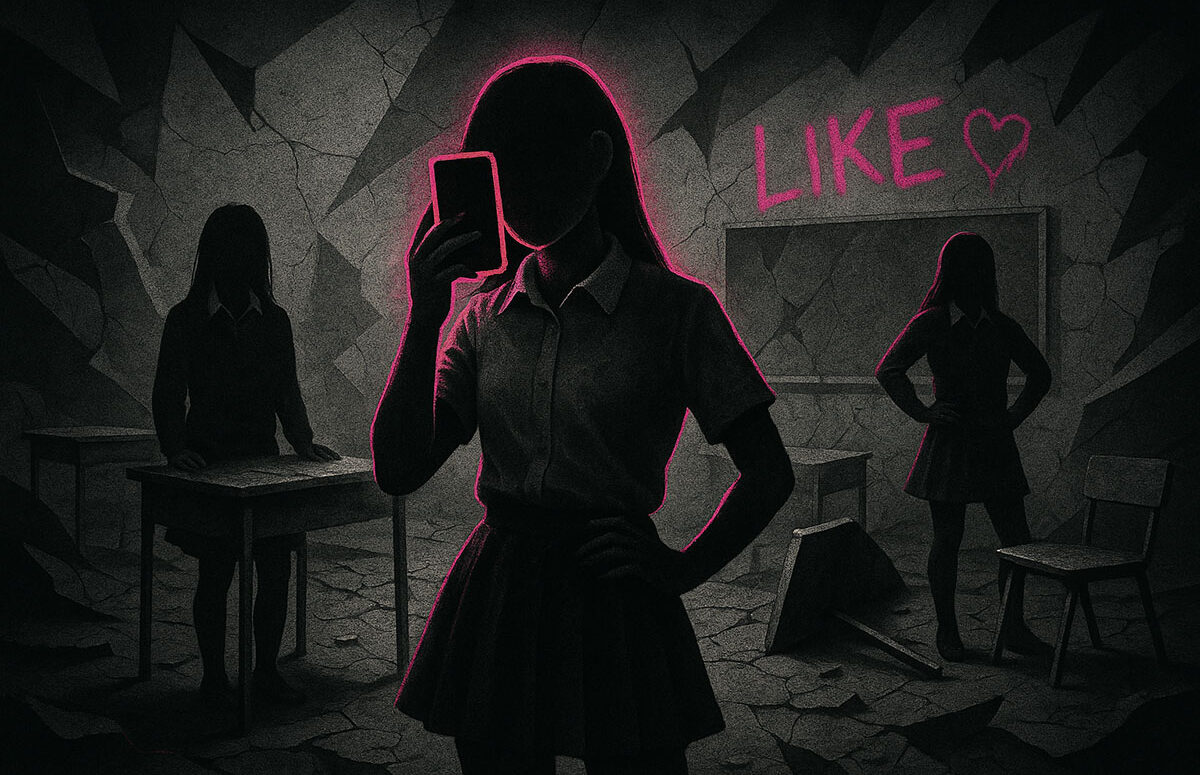How Image Obsession is Warping Girls’ Self-Worth and School Culture
It’s a tough subject, but I’m going to say it: girls in schools are spending more time on their appearance than their education. Fake lashes, full makeup, skirts rolled , TikTok poses at break. It’s not “just a phase”—it’s a full shift in values. Where boys have turned to toxic male influencers as a model for behaviour, girls are copying shallow, appearance-focused ones. Looks now carry more weight than effort. Schools are avoiding the issue for fear of backlash. Meanwhile, girls are being shaped by an attention economy built on insecurity.
Problem
Self-worth has been replaced by self-presentation. For many girls, school is no longer a place to develop ideas or character, it’s a fucking stage. The goal isn’t growth or achievement, it’s visibility. Appearance has become the primary currency: who looks best, who gets the most attention, who fits the current aesthetic trend.
This shift affects how girls interact with teachers, peers, and even themselves. Standards around effort, conduct, and respect are being overshadowed by performance of style, desirability, and status. Teachers who challenge it are quickly accused of being sexist or out of touch, which makes it harder to hold boundaries.
The worst part is the illusion of power. Many of these girls believe they’re asserting independence and confidence. But the behaviours are scripted, shaped by algorithms and social pressures that leave no room for real autonomy. They’re not empowered at all; they’re complying with a system that profits from their insecurity and rewards superficiality over substance. Cultural figures and pop icons often reinforce this by presenting hyper-sexualisation and vulgarity as feminist rebellion. What’s framed as liberation is actually just marketable obedience; another form of control, dressed up as choice.
Ignoring this dynamic isn’t progressive. It’s negligent.
Causes
Social media has normalised adult beauty standards for children. Apps like Instagram and TikTok are designed to keep users hooked through reward loops: likes, comments, and reposts. All of which favour appearance-led content. Girls learn fast: being noticed means being styled, filtered, sexualised, and on trend. Algorithms don’t promote thought, depth, or individuality, they reward the most polished version of a narrow ideal.
Schools have done little to resist this. Most don’t teach students how digital platforms manipulate behaviour. Conversations around self-image are either surface-level or entirely fucking absent. Uniform rules are inconsistently enforced, often because staff fear backlash or accusations of bias. Cultural narratives outside school reinforce it too, whether from parents, peers, or media. And because this obsession with aesthetics is now packaged as empowerment, it becomes hard to challenge without being painted as regressive or controlling.
Effects
Girls are increasingly defining their identity through aesthetics, not actions. Their self-esteem rises and falls with digital validation. Those who don’t or can’t conform are left feeling invisible or inadequate. Meanwhile, those who do conform are trapped in a cycle of constant maintenance and performance.
In schools, it’s causing friction. Teachers enforcing rules about makeup or uniform are met with hostility or disengagement. Behaviour policies start to crumble when appearance is seen as untouchable. Academic focus is affected too; time and attention that should be spent learning is redirected into appearance-related routines. It’s a loss of potential, masked as personal freedom.
Solutions
- Teach media literacy early and often – Students need to understand from an early age how social media platforms are designed to hijack attention, reinforce beauty standards, and shape behaviour through algorithms. Show them how filters, edits, and follower counts distort reality. It’s all fucking fake.
- Be consistent and confident with appearance policies – Schools need to stop apologising for enforcing basic standards. If you have rules on uniform, makeup, and presentation, fucking apply them and explain why they matter. Mixed messages only weaken authority and fuel conflict. Kids don’t need the ambiguity.
- Bring in a wider range of role models – Stop putting celebrities and influencers on pedestals just because they’re famous. Introduce students to women who’ve achieved success through intellect, creativity, or leadership. Show that value isn’t tied to appearance.
- Address the issue openly in PSHE and pastoral sessions – Avoid vague lessons about “self-esteem.” Talk plainly about beauty culture, comparison traps, and the pressure to look a certain way. Let students question the system they’re caught in.
- Engage parents honestly – The home environment matters. Schools should talk to families about how their own online behaviour—what they post, praise, and prioritise—shapes their child’s self-image. This isn’t just a student issue; it’s a cultural one.
- Challenge the narrative that attention equals empowerment – Students need help unpicking the lie that being visible and desirable is the same as being strong. Real self-worth isn’t built on views or validation. Schools must create space for deeper conversations about identity, agency, and value.
Conclusion
This isn’t empowerment. It’s manipulation. Social media platforms have taught girls that how they look is who they are. Schools need to be fucking braver. Teachers need support. And students need truth. If we don’t address it, we’ll keep raising girls who think their value lies in being seen; not in what they can do, think, or become. And that is less than they deserve. We are the fucking adults, so let’s lead them.

